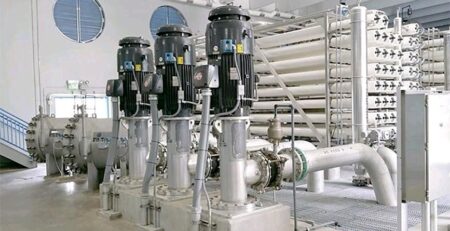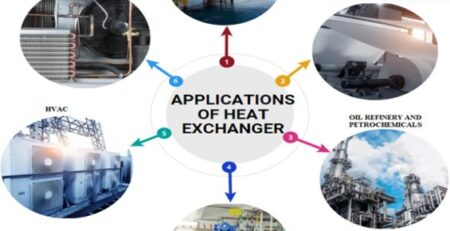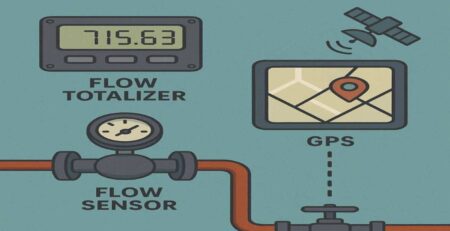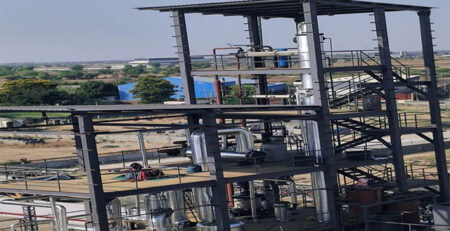Smart Metering Systems for Municipal Water Supply, Role of IoT and Artificial Intelligence
Smart Metering Systems for Municipal Water Supply, Role of IoT and Artificial Intelligence
1. IoT in Smart Water Metering: The Foundation of Real-Time, Connected Infrastructure
1.1 IoT Sensors and Smart Meters
- Smart water meters embedded with IoT sensors continuously measure:
- Flow rate,
- Pressure,
- Temperature,
- Sometimes water quality parameters.
- These meters are equipped with communication modules (e.g., NB-IoT, LoRaWAN) to send data in near real-time.
- IoT devices allow remote meter reading eliminating manual site visits and human error.
1.2 Communication Networks
- IoT networks connect thousands to millions of meters across a city.
- Various communication technologies (low-power wide area networks like LoRaWAN, cellular NB-IoT, or mesh networks) enable:
- Scalable coverage in urban, suburban, and rural areas,
- Low latency data transfer,
- Energy-efficient operation prolonging battery life.
1.3 Edge Computing
- IoT gateways and edge devices preprocess data locally,
- Perform immediate anomaly detection,
- Reduce data transmitted upstream, lowering costs and bandwidth use,
- Provide rapid local response (e.g., automatic valve closure on leak detection).
2. Artificial Intelligence: The Brain Driving Smart Insights and Automation
2.1 AI-Powered Anomaly Detection
- Machine learning algorithms analyze vast amounts of IoT data streams to learn:
- Typical consumption patterns per customer or zone,
- Normal pressure and flow ranges.
- AI identifies anomalies like:
- Sudden spikes or drops in flow indicating leaks, bursts, or theft,
- Pressure drops indicating pipeline failure,
- Unusual time-of-use patterns suggestive of tampering or unauthorized connections.
- AI continuously adapts to seasonal and behavioral changes, improving detection accuracy and reducing false alarms.
2.2 Predictive Maintenance and Asset Management
- AI models predict meter degradation or failure by monitoring sensor drift and operational parameters.
- Enables proactive meter replacement or servicing, minimizing downtime and billing errors.
- AI optimizes maintenance schedules, reducing unnecessary field visits.
2.3 Demand Forecasting and Water Resource Management
- AI analyzes historical consumption data combined with external factors like weather, events, or population changes.
- Predicts future water demand at granular levels (neighborhood, district).
- Helps utilities optimize pumping schedules, reservoir levels, and resource allocation, saving energy and costs.
2.4 Customer Behavior Analytics and Engagement
- AI segments customers by consumption behavior and alerts high-usage or leak-prone accounts.
- Personalized recommendations promote water conservation.
- Enhances customer service through smart apps showing real-time usage and alerts.
3. Synergy of IoT and AI: A Transformative Impact
| Feature | IoT Role | AI Role | Combined Benefit |
| Data Collection | Real-time, granular sensor data | Data aggregation and cleaning | Rich, accurate datasets for analysis |
| Leak Detection | Detect abnormal flow/pressure signals | Pattern recognition to confirm leaks | Early, reliable leak alerts minimizing losses |
| Theft & Tampering Detection | Continuous monitoring of flow anomalies | Behavioral analysis and anomaly scoring | Reduced revenue loss and enhanced security |
| Automated Response | Actuators receive commands | Decision-making algorithms trigger responses | Faster leak isolation and emergency management |
| Operational Efficiency | Remote data transmission reduces field work | Predictive analytics for maintenance planning | Cost savings and improved system reliability |
| Customer Engagement | Real-time usage data | Personalized insights and alerts | Improved satisfaction and conservation efforts |
4. Real-World Use Cases Enhanced by IoT + AI
- Smart Leak Alerts: IoT sensors detect a sudden flow increase; AI verifies it’s a real leak, not normal usage, then triggers alerts and valve shutdown.
- Dynamic Pressure Management: AI optimizes pump and valve operations based on IoT pressure data to reduce pipe bursts.
- Theft Prevention: AI detects patterns indicating meter bypass; IoT-enabled meters report irregular flow data, prompting field investigation.
- Demand Response: AI forecasts peak demand; IoT-controlled valves and pumps adjust supply dynamically.
5. Challenges and How AI + IoT Overcome Them
| Challenge | How IoT + AI Help |
| Data Overload | AI filters and analyzes massive IoT data streams, extracting actionable insights |
| False Alarms | AI’s adaptive learning reduces false positives by contextual understanding of data patterns |
| Network Connectivity Issues | Edge IoT devices continue local processing even if network drops temporarily |
| Energy Constraints | AI optimizes data transmission schedules, IoT devices use low-power communication modes |
| Scalability | IoT architecture supports millions of meters; AI automates data handling and decision-making |
6. Future Outlook
- AI-enhanced IoT Edge Devices: Smarter local processing for faster response and reduced cloud dependency.
- Integration with Smart City Platforms: Water metering data combined with energy and waste systems for holistic urban resource management.
- Explainable AI: Transparent AI models helping operators understand and trust decisions.
- Real-time Water Quality Monitoring: Combining flow and quality sensors with AI for public health safety.
Summary
IoT provides the sensors, connectivity, and data infrastructure, while AI adds the intelligence, pattern recognition, and automation that make smart water metering systems truly transformative. Together, they enable municipalities to:
- Detect leaks and theft quickly and accurately,
- Optimize resource usage and operational costs,
- Engage customers proactively, and
- Ensure a sustainable, resilient water supply network.










